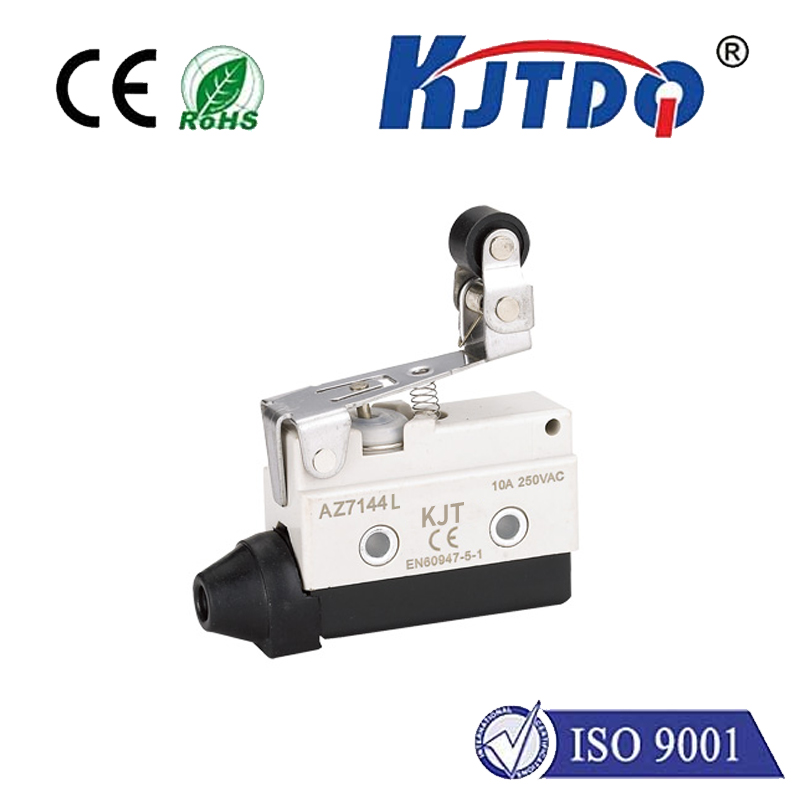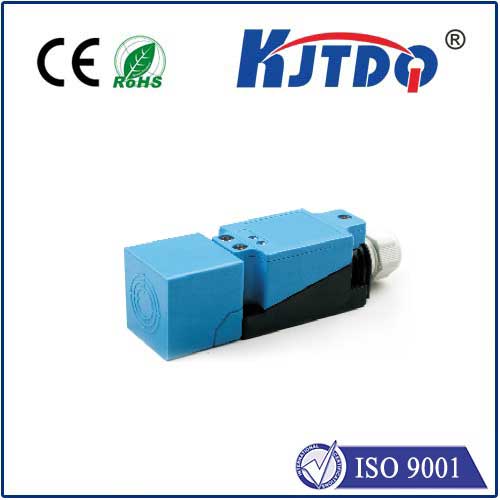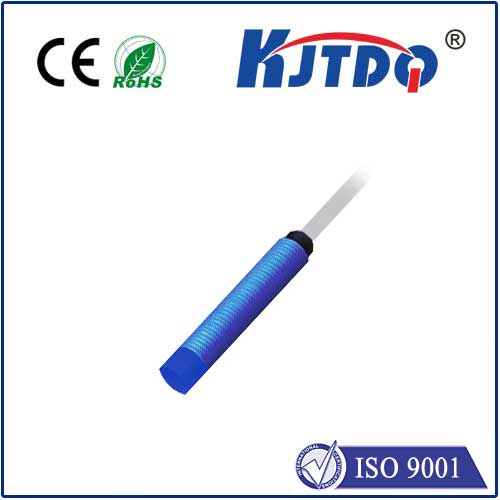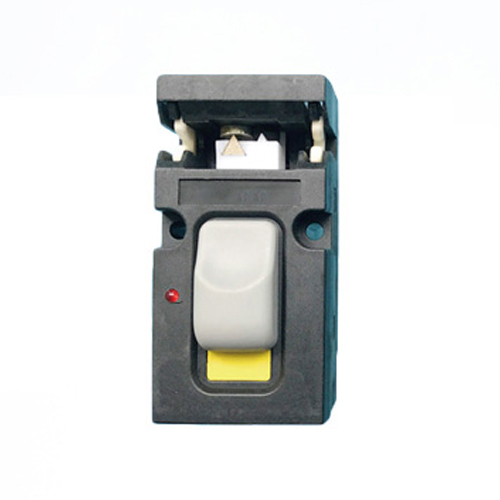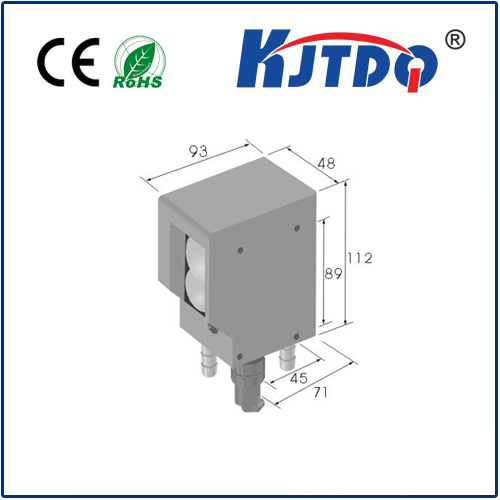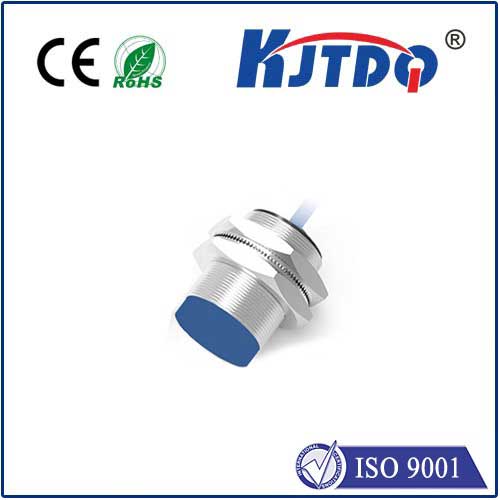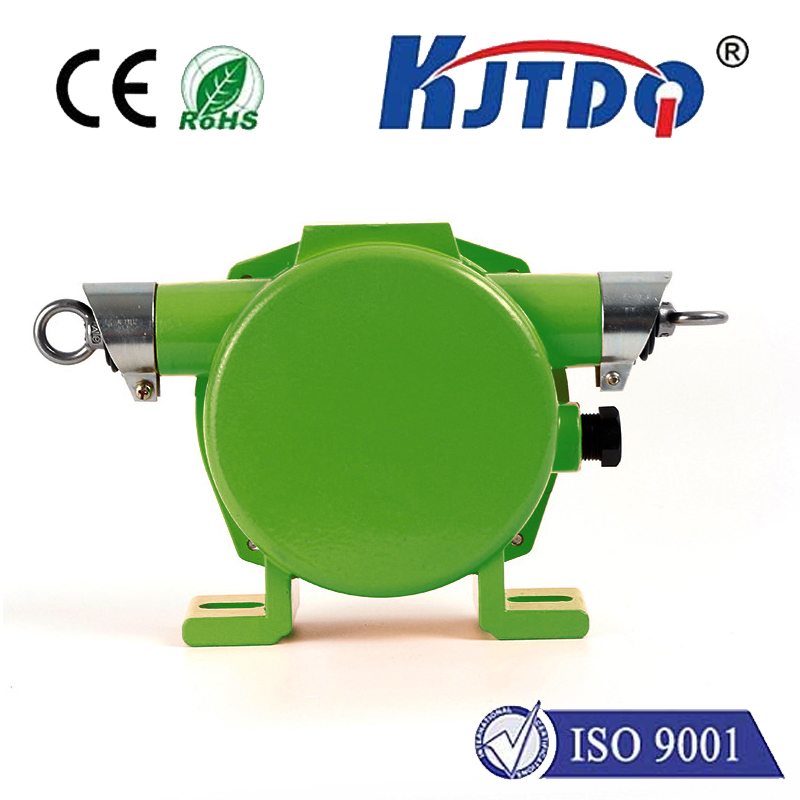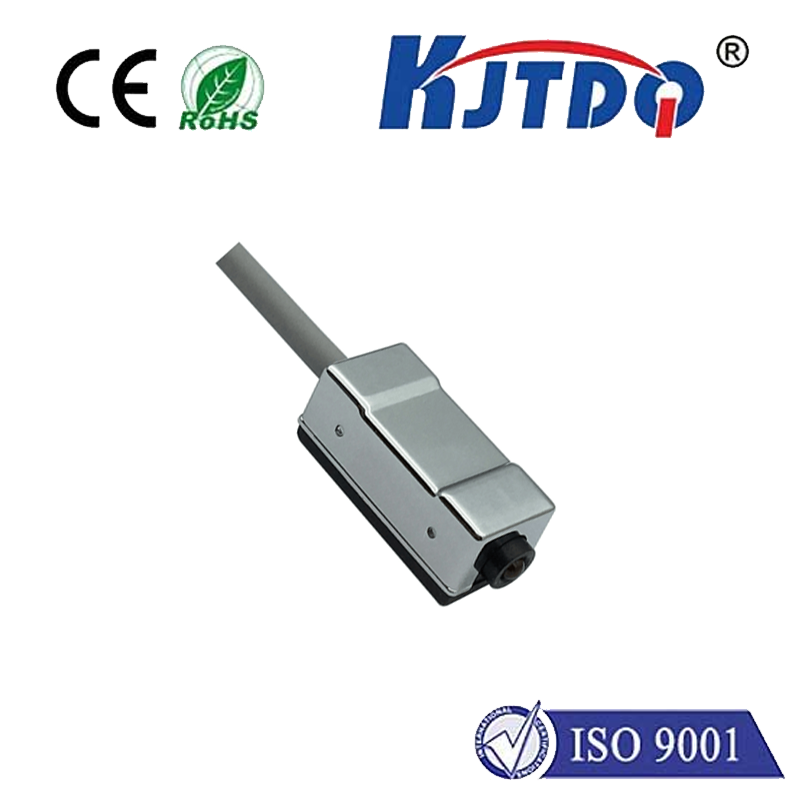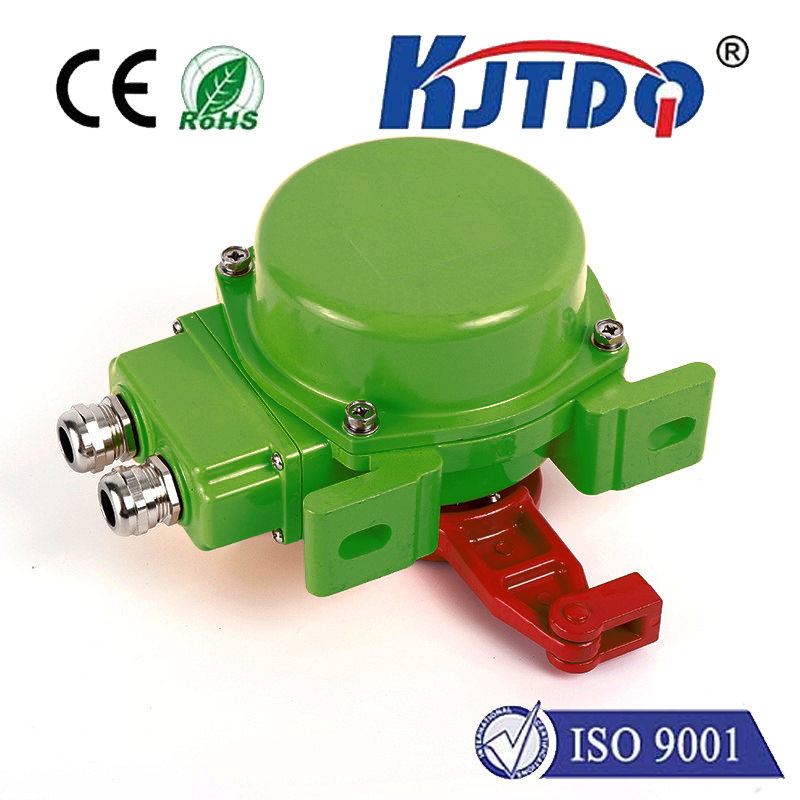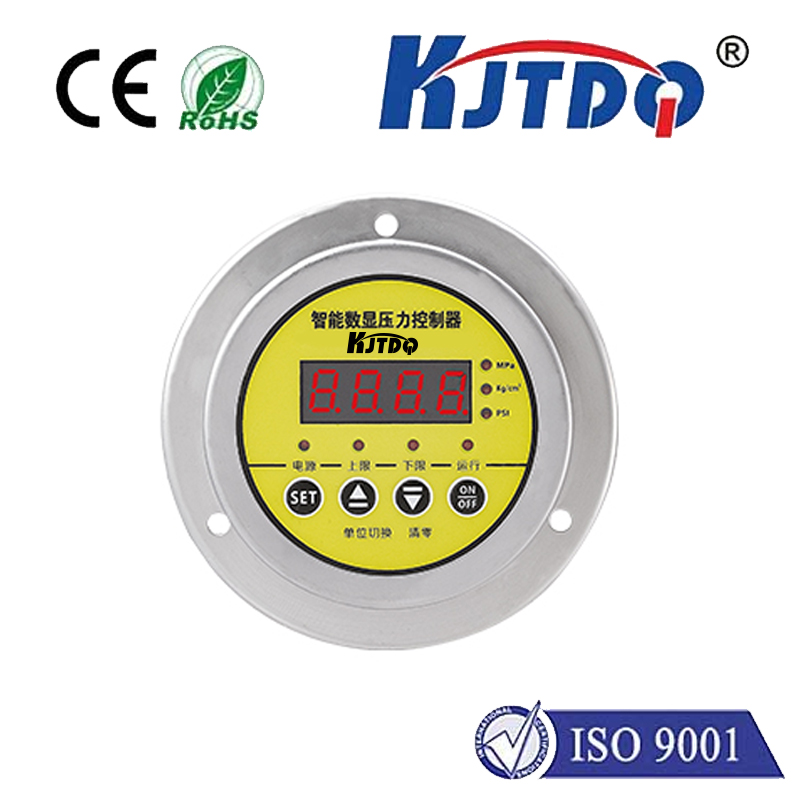automatic door sensor proximity switch
- time:2025-09-09 03:37:18
- Click:0
Proximity Switch: The Heartbeat of Modern Automatic Door Sensors
Imagine walking towards a bustling supermarket entrance, arms laden with groceries. Without breaking stride, the massive glass doors slide open silently, welcoming you in. This small moment of daily convenience, often taken for granted, hinges on a critical, unseen component: the automatic door sensor proximity switch. Far from just a convenience, this technology represents a sophisticated blend of reliability, safety, and efficiency, making fluid access possible in countless settings worldwide.
But what exactly is an automatic door sensor proximity switch, and how does it orchestrate this seemingly magical response? At its core, it’s a specialized sensor designed to detect the presence or absence of an object (most commonly a person) within a predefined zone near a door, without any physical contact. When the sensor identifies an object within its detection field, it sends an electrical signal to the door’s control system, triggering the opening mechanism. Once the object moves away, the sensor communicates the “all clear,” prompting the door to close safely.
Understanding the Magic: How Proximity Switches Operate
Unlike mechanical switches requiring a physical push, proximity switches rely on changes in an electromagnetic field or other energy forms. The most common types used in automatic doors include:

- Inductive Proximity Sensors: These detect metallic objects by generating an electromagnetic field. When metal enters this field, it causes eddy currents that alter the sensor’s oscillations, triggering detection. Ideal for industrial settings or detecting wheelchair frames.
- Capacitive Proximity Sensors: These detect a much wider range of materials, including metals, plastics, liquids, and the human body. They work by measuring changes in capacitance – essentially, the ability to store an electrical charge – between the sensor and a target object entering its electrostatic field.
- Photoelectric Sensors (Beam Types): While not strictly “proximity” in the electromagnetic sense, they function similarly for door applications. They emit an invisible light beam (infrared, laser). When an object interrupts this beam, the sensor signals the door to open. These excel at longer ranges and specific detection zones.
- Microwave Sensors: Emitting low-power microwave energy, these sensors detect motion and presence by analyzing the reflection pattern of these waves off moving objects. They offer excellent range and can often “see” through non-metallic materials like thin walls or glass, useful for complex installations.
Why Proximity Switches Reign Supreme in Automatic Doors
The shift from traditional pressure mats or manual operation to proximity-based sensors has revolutionized automatic door systems, driven by compelling advantages:
- Enhanced Hygiene: The non-contact nature is paramount, especially in hospitals, labs, and food service areas. Eliminating surfaces users need to touch drastically reduces the spread of germs—a feature whose value skyrocketed post-pandemic.
- Exceptional Durability & Reliability: With no moving parts or physical contacts to wear out, proximity switches boast significantly longer lifespans than mechanical alternatives. They are inherently resistant to dirt, dust, moisture (depending on IP rating), and repeated use, ensuring consistent operation with minimal maintenance.
- Improved Safety: Integrated safety features are crucial. Proximity switches help prevent doors from closing on people or objects. Many systems employ a “safety curtain” – often secondary infrared sensors near the door edges – that immediately stop or reverse closure if an obstruction is detected while the door is moving.
- Energy Efficiency: By ensuring doors open only when necessary and close promptly afterwards, these sensors play a vital role in maintaining building climate control, reducing heating and cooling losses significantly.
- Accessibility: Automatic door sensor proximity switches are fundamental to accessible design, providing barrier-free entry for individuals using wheelchairs, walkers, or carrying heavy loads, embodying inclusivity in architecture.
- Aesthetic Appeal: Their compact size and ability to be discreetly mounted (often above the door frame or integrated into the door header) preserve clean architectural lines without bulky, unsightly mechanisms.
Beyond the Grocery Store: Diverse Applications
While retail entrances are the most visible application, the versatility of automatic door sensor proximity switches extends far wider:
- Healthcare: Hands-free entry to operating rooms, isolation wards, pharmacies, and patient rooms enhances sterility and convenience for staff and patients.
- Transportation: Airports, train stations, and bus terminals rely on them for high-traffic ingress/egress points, luggage handling areas, and restrooms.
- Commercial & Office Buildings: Providing seamless entry to lobbies, meeting rooms, elevators, and secure areas.
- Industrial Settings: Allowing safe, hands-free passage through warehouse doors, clean rooms, and production areas, especially useful when workers are handling materials.
- Hospitality: Enhancing guest experience at hotel entrances, restaurants, and leisure facilities.
Installation and Integration Considerations
Proper installation is key to optimal performance. Factors include:
- Mounting Height and Angle: Critical for defining the detection zone effectively. Manufacturer specifications must be followed closely.
- Detection Range Adjustment: Many sensors allow fine-tuning of the detection field size to avoid false triggers (e.g., from moving objects beyond the intended path) or missed detections.
- Environmental Factors: Sensors must be chosen or rated (IP Code) for their specific environment – resistance to dust, water, extreme temperatures, or potential chemical exposure. Sunlight interference can affect some photoelectric sensors.
- Integration with Door Controller: The proximity switch must be compatible with and correctly wired to the automatic door operator’s control unit. Modern systems often use standardized interfaces.
- Compliance: Adherence to regional safety standards (like ANSI/BHMA in North America or EN standards in Europe) for automatic doors is non-negotiable, ensuring safe operation for all users.
The automatic door sensor proximity switch is far more than a simple trigger; it is the intelligent, reliable, and hygienic core enabling the effortless flow of people in our modern built environment. By providing contactless detection, ensuring robust operation, and enhancing safety and accessibility, these unassuming devices perform a vital function seamlessly and efficiently. From the grand entrance of a shopping mall to the sterile door of a hospital ward, this technology quietly facilitates convenience and safety, proving itself as an indispensable component in contemporary access solutions. Choosing the right type—inductive, capacitive, photoelectric, or microwave—and ensuring professional installation tailored to the specific application ensures doors operate smoothly and reliably for years to come.






